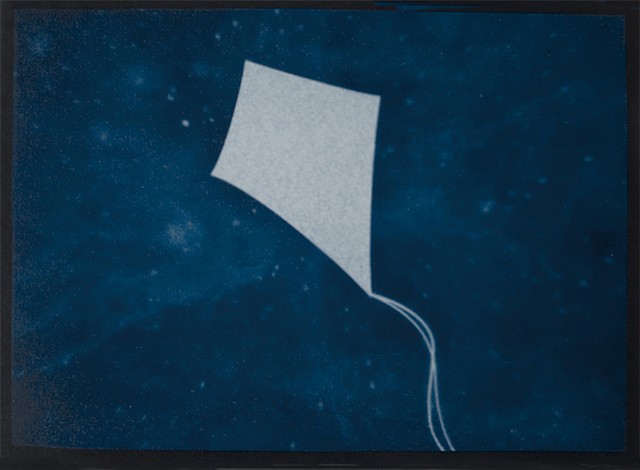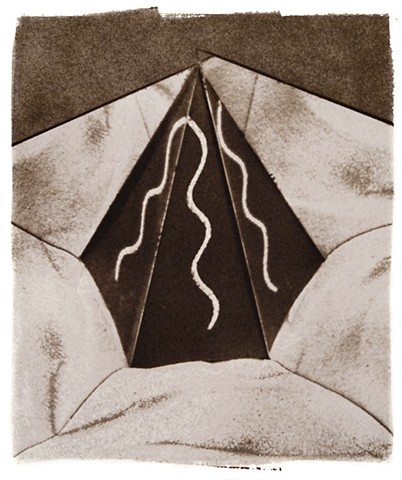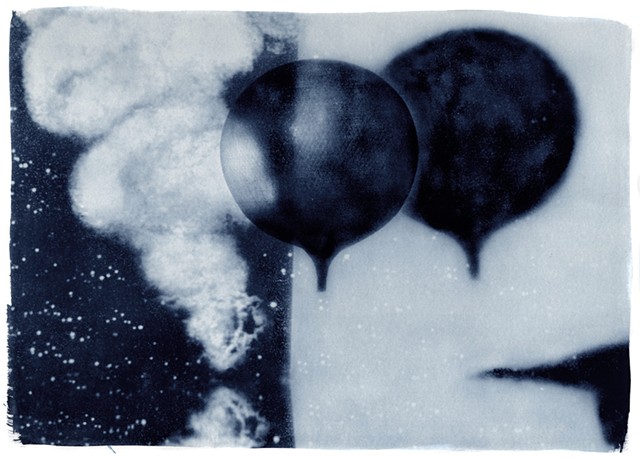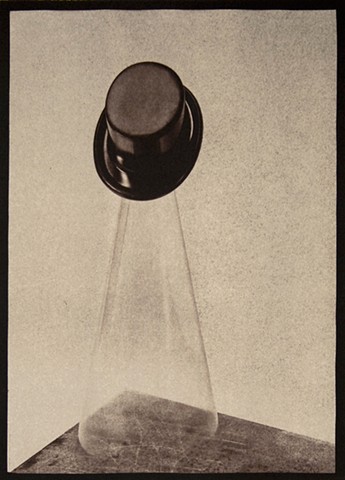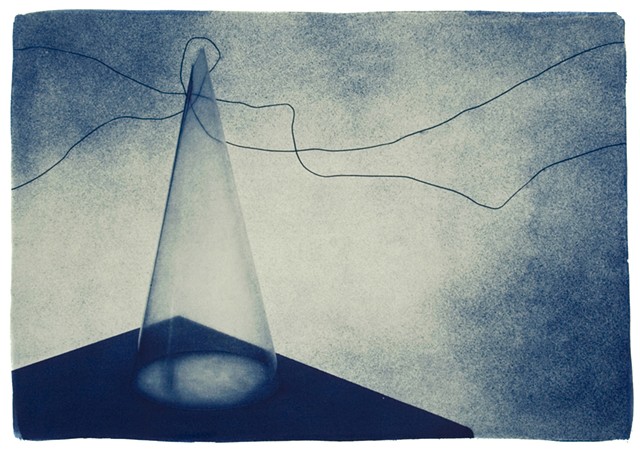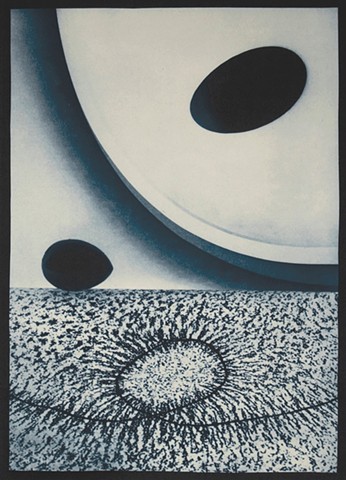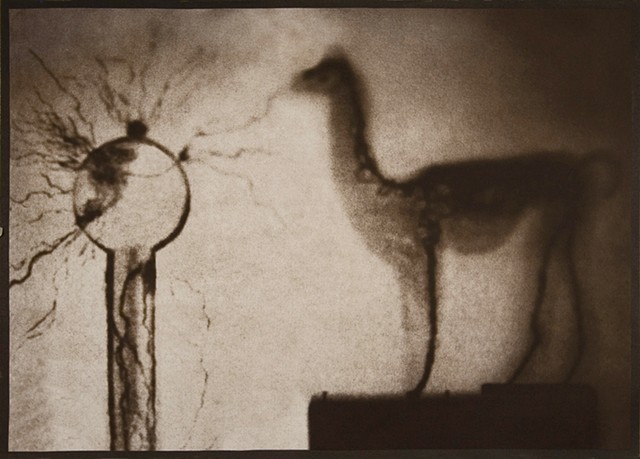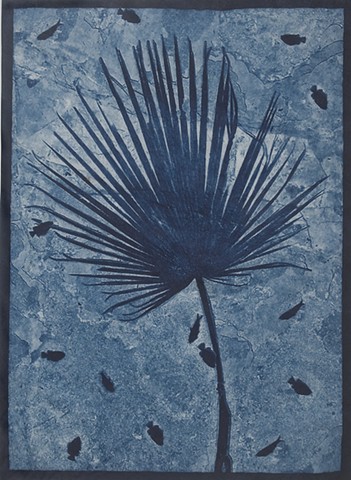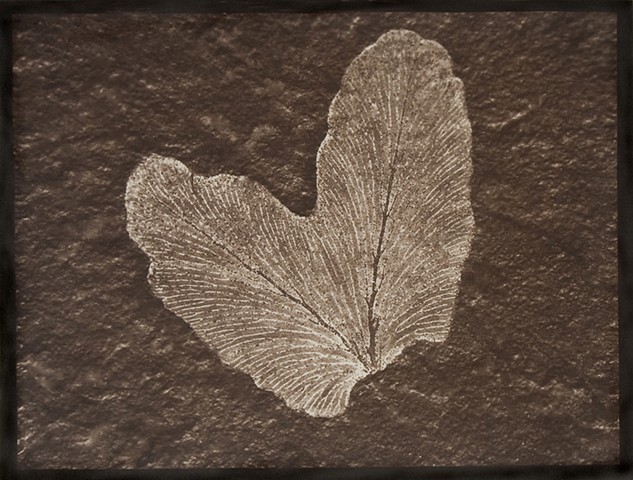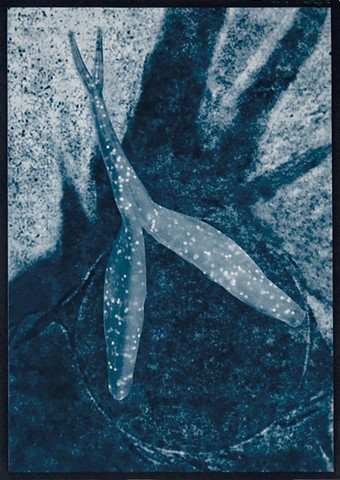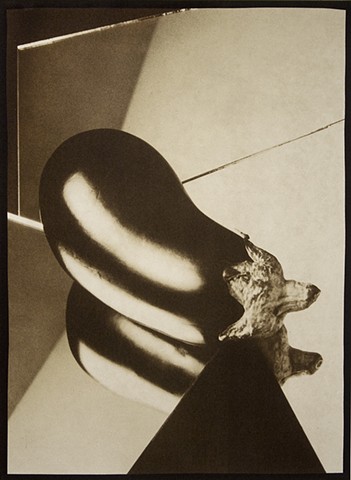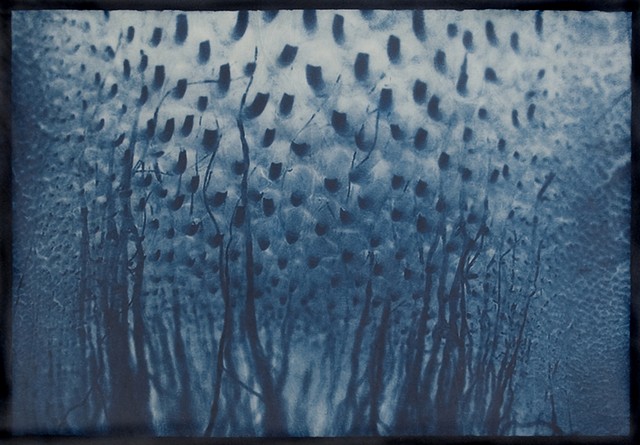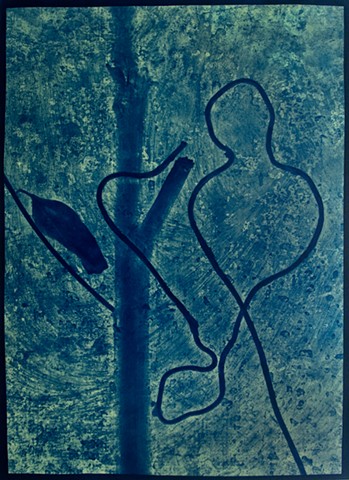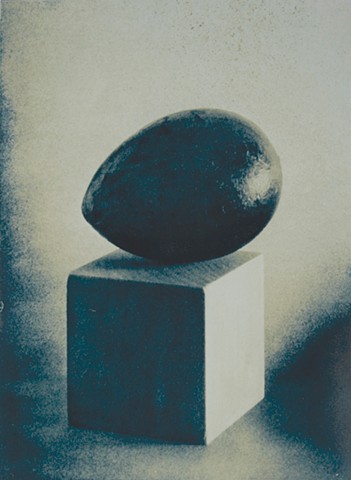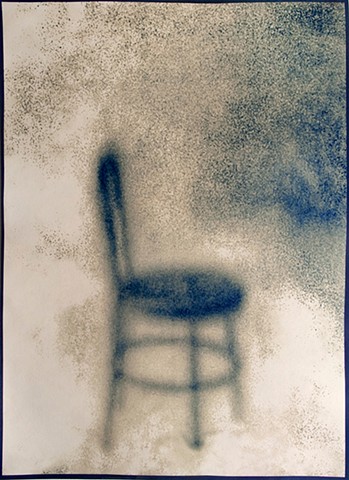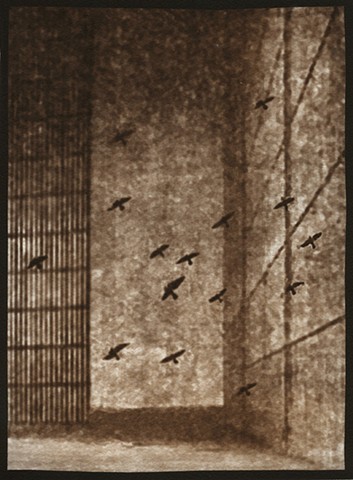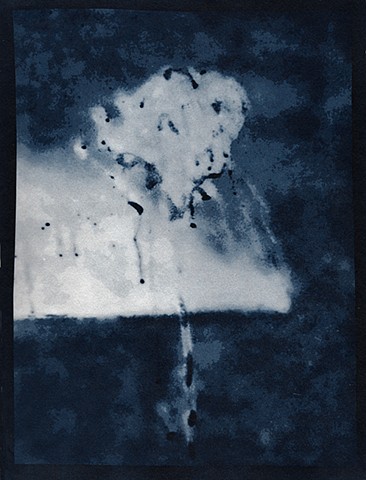Gallery One
Salt Prints
In 1834, William Henry Fox Talbot discovered that plain writing paper treated with common table salt and sensitized with silver nitrate darkened when exposed to light. Photogenic Drawing Paper, as he called it, was first used to make direct negative prints of lace, leaves, and other botanical specimens. In 1835, Fox Talbot placed his Photogenic paper in a camera obscura and made the world’s first photographic negative - a view of the tower window of his home at Lacock Abbey. By 1841, Fox Talbot had abandoned photogenic drawing paper (also called salted paper) for making camera negatives replacing it with his newly invented Calotype process. He did, however, continue to use salted paper for making positive prints from camera negatives because salt paper produced “more aesthetically pleasing tones” than prints made with the Calotype process.
Salted paper, in a variety of forms, accounts for the majority of the paper prints made in Europe during the decade 1840-1850. The process was superseded by Albumen printing paper in the 1850s. Salted paper enjoyed a brief revival in the late 1890s and turn of the 20th century when it became popular with Pictorial photographers. In recent years, salted paper printing has been revived by photographers who appreciate its unique visual characteristics and are intrigued by the infinite image variations possible with this process.
Fine art paper is immersed or brush coated in or with a solution of common salt combined with a binder or sizing agent such as gelatin or starch. Once dried, the paper is sensitized by brushing a coat of silver nitrate solution and allowed to dry in darkness or force-dried using a hand-dryer. The silver nitrate combines with the salt and forms a light-sensitive silver chloride on the surface of the paper. Silver reduction occurs during exposure thus rendering a visible image without chemical development.
The fully exposed print is washed in a solution of Kosher salt and Citric Acid to remove unexposed silver and then fixed like that a standard black and white photograph. The color of salt prints can range from reddish-brown to a honey colored brown to purplish gray-black depending upon paper used, chemical formula, toning and the quantity and source of light (sun or uncoated UV lamp) used to expose the print.


